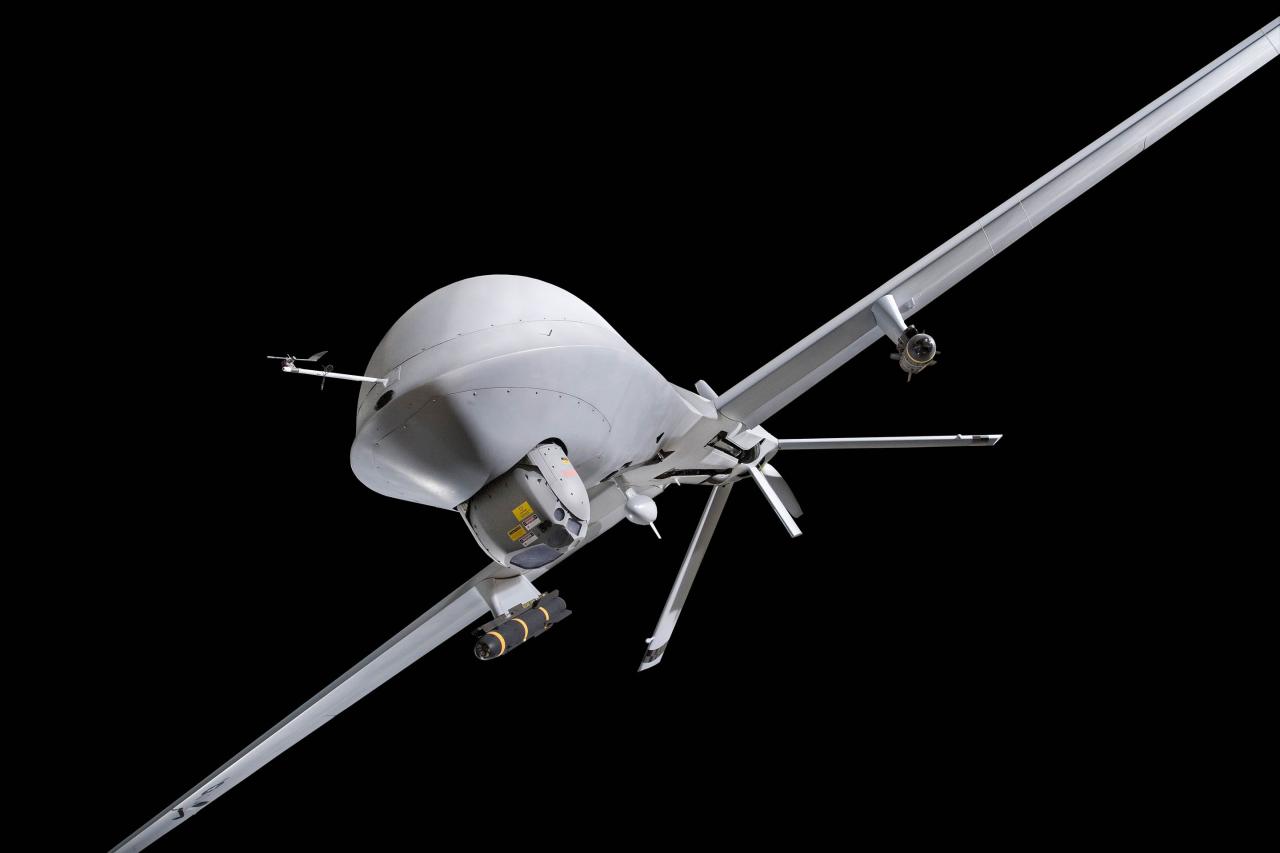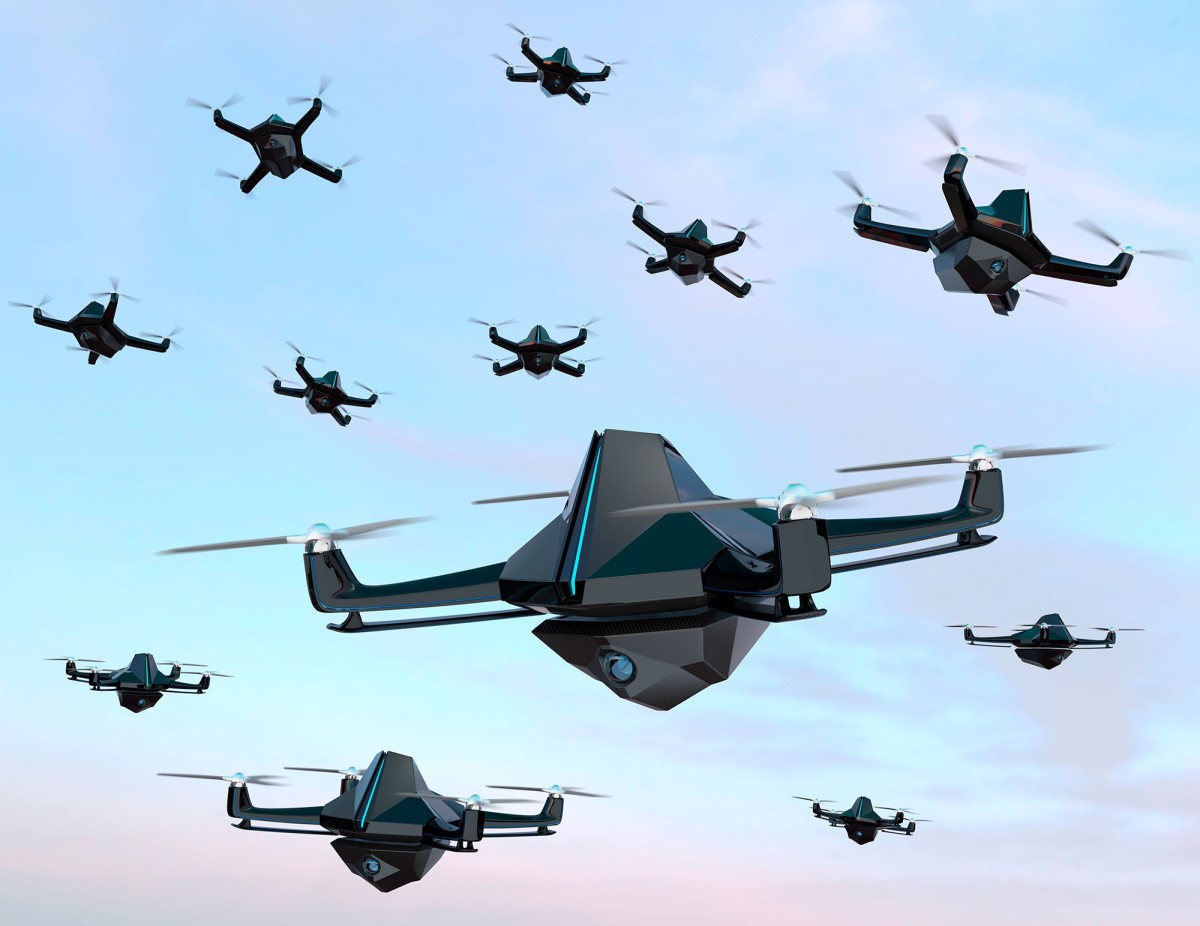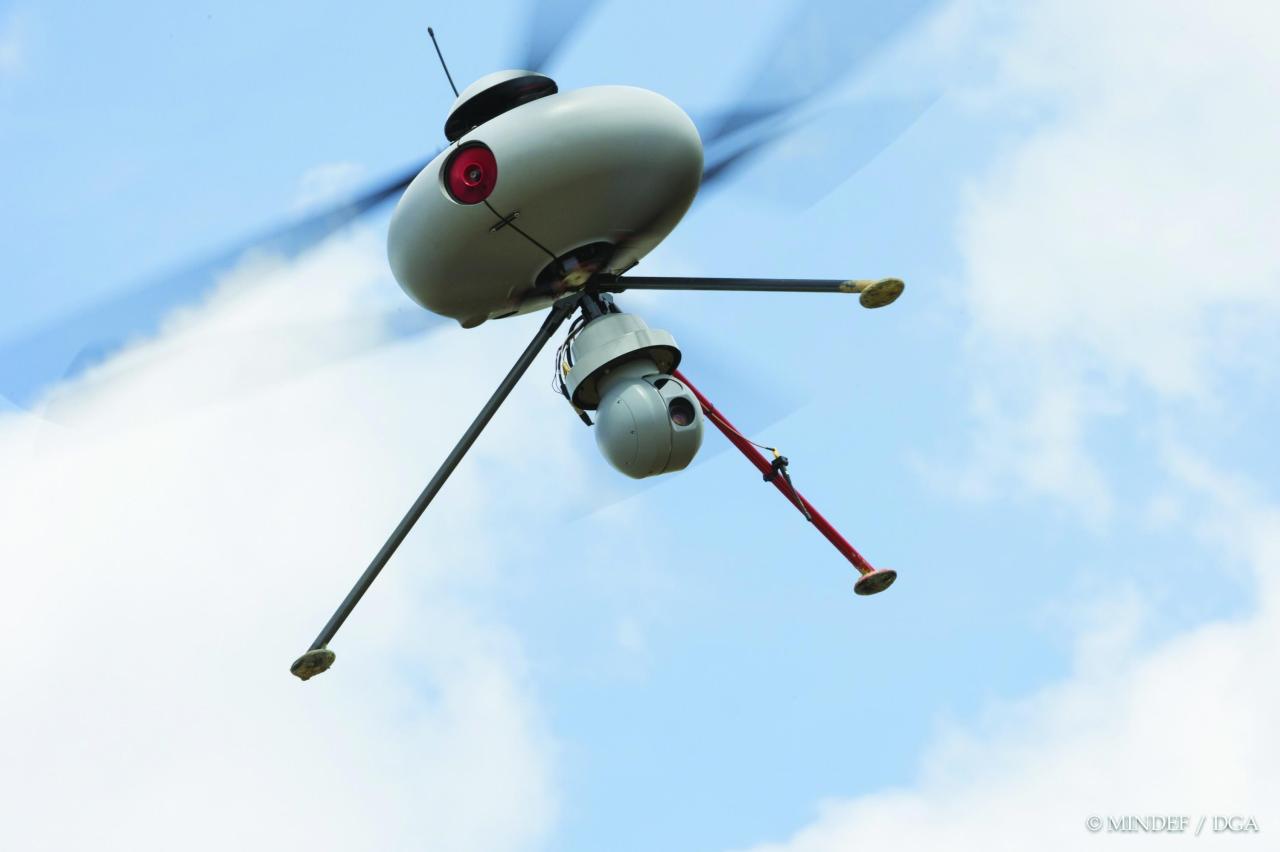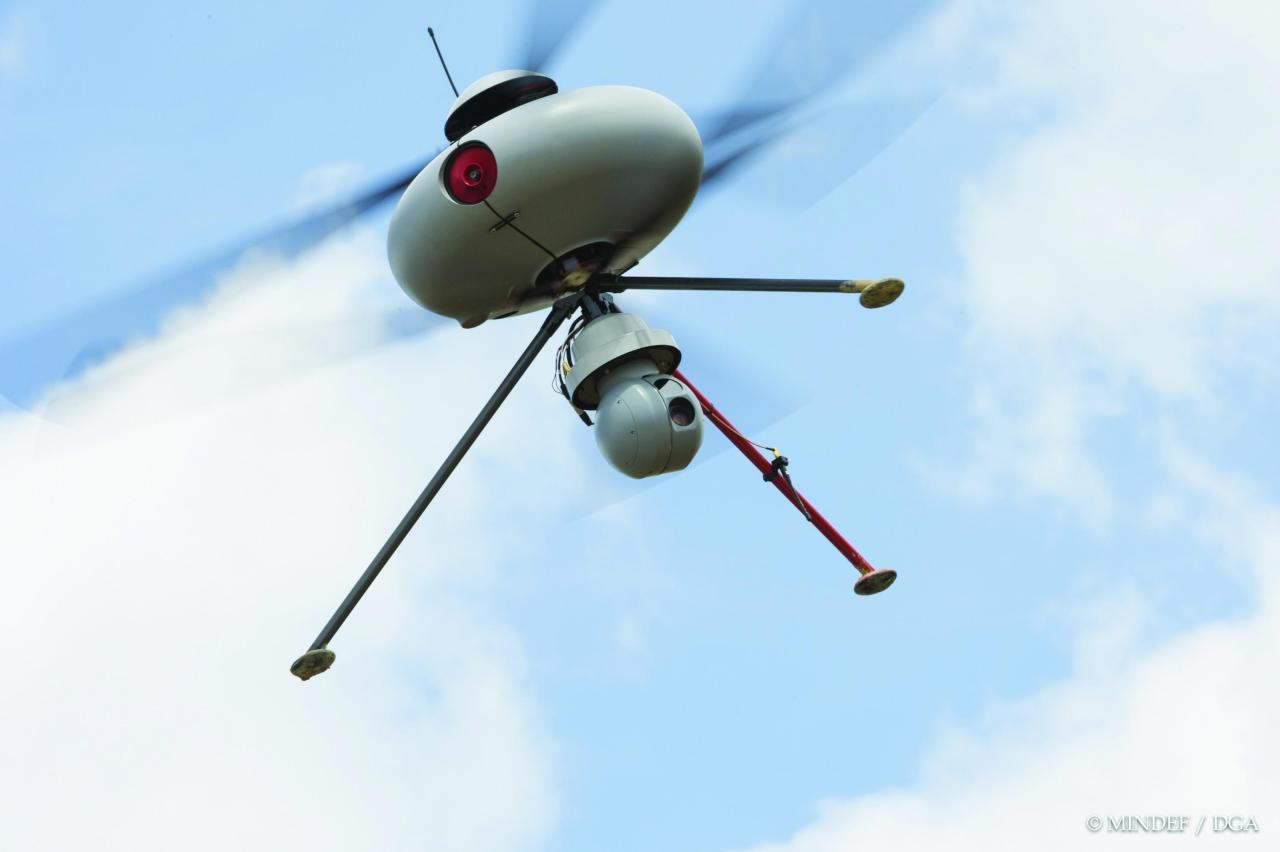Predator drones have revolutionized warfare and beyond. From their initial deployment as relatively simple surveillance platforms, they’ve evolved into sophisticated, highly capable unmanned aerial vehicles (UAVs) capable of carrying out complex missions. This evolution reflects advancements in technology, strategy, and the ever-shifting ethical considerations surrounding their use.
This exploration delves into the technological underpinnings of predator drones, examining their sensors, communication systems, and weaponry. We’ll then analyze their military applications, exploring successful deployments and the associated ethical dilemmas. The discussion extends to civilian uses, including disaster relief and environmental monitoring, and concludes with a look at the future of this transformative technology.
Predator Drone Technology: A Deep Dive

Predator drones, initially conceived as relatively simple reconnaissance platforms, have evolved into sophisticated, multi-role unmanned aerial vehicles (UAVs) with significant implications for both military and civilian applications. This article explores the technological advancements, military and civilian uses, legal and ethical considerations, and future prospects of this transformative technology.
Predator drones, known for their military applications, are just one type of unmanned aerial vehicle. To get a sense of the broader picture, check out this resource on drone sightings around the world , which highlights the increasing global use of drones for various purposes. Understanding this wider context helps us appreciate the unique capabilities and controversies surrounding the Predator drone and similar technologies.
Technological Aspects of Predator Drones
The evolution of Predator drone technology is marked by continuous improvements in sensor capabilities, communication systems, autonomy, and payload capacity. Early models were primarily used for surveillance, but advancements have enabled them to perform precision strikes, electronic warfare, and even search and rescue operations.
Key technological components include electro-optical/infrared (EO/IR) sensors for visual and thermal imaging, synthetic aperture radar (SAR) for all-weather surveillance, satellite communication links for long-range control and data transmission, and various weapon systems such as Hellfire missiles and guided bombs. Different Predator models, such as the MQ-1 Predator, MQ-9 Reaper, and the newer MQ-20 Avenger, exhibit varying capabilities based on their size, engine power, and sensor packages.
Artificial intelligence (AI) and autonomy are increasingly integral to Predator drone operations. AI algorithms enhance image recognition, target identification, and autonomous flight capabilities, reducing the reliance on human operators for routine tasks. However, the level of autonomy varies across different models and operational contexts, with human oversight remaining crucial for critical decisions.
Predator drones, those unmanned aerial vehicles, are pretty complex pieces of tech. Thinking about their AI targeting systems makes you wonder about the algorithms involved, and if those algorithms are affected when services like ChatGPT go down – check the status here: is chat gpt down. If ChatGPT is down, it could indirectly impact development or even maintenance of drone systems that rely on similar large language models for data analysis.
| Model | Range | Payload | Endurance |
|---|---|---|---|
| MQ-1 Predator | 1,200 km (750 mi) | 450 kg (1,000 lb) | 40 hours |
| MQ-9 Reaper | 1,850 km (1,150 mi) | 1,700 kg (3,750 lb) | 27 hours |
| MQ-20 Avenger | ~2,000 km (estimated) | ~2,000 kg (estimated) | ~30 hours (estimated) |
Military Applications and Deployment of Predator Drones
Predator drones offer several strategic and tactical advantages in modern warfare. Their ability to provide persistent surveillance, conduct precision strikes with minimal risk to human pilots, and operate in hostile environments makes them valuable assets for various military operations.
Successful deployments have been documented in numerous conflicts, including the War on Terror, where they played a significant role in counterterrorism operations. Predator drones are typically used for reconnaissance, surveillance, targeting, and precision strikes against high-value targets. They also contribute to intelligence gathering and battlefield assessment.
However, the use of Predator drones raises significant ethical concerns. The potential for civilian casualties, the lack of transparency in their operations, and the question of accountability for drone strikes are major areas of debate. The risk of escalation and unintended consequences also needs careful consideration.
- United States
- United Kingdom
- Israel
- China
- Pakistan
- Turkey
- Italy
- France
Civilian Applications of Predator Drone Technology

The versatility of Predator drone technology extends beyond military applications. Its capabilities are increasingly being leveraged in various civilian sectors, offering potential benefits in areas such as search and rescue, environmental monitoring, and infrastructure inspection.
Predator drones, or similarly equipped civilian drones, offer cost-effectiveness compared to traditional methods, especially in remote or hazardous areas. For example, using a drone for pipeline inspection is significantly cheaper and safer than deploying a crew to physically inspect the entire pipeline. However, issues such as data security, regulatory compliance, and public acceptance need to be addressed.
In a disaster relief scenario, a Predator drone could be deployed to assess the extent of damage after an earthquake, providing crucial information to emergency responders. It could also deliver essential supplies to isolated areas and locate survivors.
| Civilian Application | Benefits | Cost-Effectiveness | Challenges |
|---|---|---|---|
| Search and Rescue | Faster response times, wider search area coverage | Lower operational costs compared to helicopters | Limited payload capacity, weather dependency |
| Environmental Monitoring | Real-time data collection, remote sensing capabilities | Reduced personnel costs, efficient data gathering | High initial investment, regulatory compliance |
| Infrastructure Inspection | Reduced risk to human inspectors, detailed visual inspection | Lower costs compared to traditional methods | Data processing and analysis requirements |
Legal and Ethical Considerations Surrounding Predator Drones
The use of Predator drones raises complex legal and ethical questions. International humanitarian law, national laws, and customary international law all have a bearing on their operation, particularly in armed conflict. The principles of distinction, proportionality, and precaution are central to ensuring that drone strikes comply with international law.
Ethical dilemmas include issues of accountability, transparency, and the potential for civilian casualties. The lack of clear legal frameworks and oversight mechanisms poses significant challenges. The ethical concerns surrounding Predator drones are similar to those raised by other forms of remotely piloted weaponry, but the relative ease of deployment and potential for widespread use exacerbate these concerns.
A hypothetical scenario: A Predator drone identifies a suspected terrorist leader in a crowded marketplace. A strike is authorized, resulting in the death of the target but also causing civilian casualties. The ethical implications include the proportionality of the strike, the potential for misidentification, and the accountability for the civilian deaths.
The Future of Predator Drone Technology
Future developments in Predator drone technology are likely to focus on increased autonomy, improved sensor capabilities, and more advanced weapon systems. The integration of AI and machine learning will further enhance their operational capabilities, allowing for more complex tasks and autonomous decision-making.
The proliferation of Predator drone technology and its global implications are a significant concern. As the technology becomes more accessible and affordable, the risk of misuse and unintended consequences increases. International cooperation and robust regulatory frameworks are crucial to mitigate these risks.
- 2025-2030: Widespread adoption of AI-enhanced targeting systems.
- 2030-2035: Development of hypersonic drone technology.
- 2035-2040: Integration of swarm technology for coordinated drone operations.
Last Word

Predator drones represent a powerful and controversial technological advancement. Their capabilities have reshaped modern warfare and hold significant potential for civilian applications. Understanding their technological evolution, military and civilian uses, and the complex ethical and legal considerations surrounding them is crucial for navigating their impact on the future. As technology continues to advance, the role of predator drones will undoubtedly continue to evolve, demanding ongoing scrutiny and discussion.
Common Queries
What is the lifespan of a Predator drone?
The lifespan varies depending on model, usage, and maintenance, but it’s typically measured in years of operational service before significant overhauls are needed.
How are Predator drones controlled?
Predator drones, those high-tech surveillance aircraft, rely on strong, reliable communication links. To ensure optimal performance, you’ll want a solid Wi-Fi connection; if you’re using an iPhone, check your network’s GHz by following these simple steps found here: how to check your wifi ghz on iphone. Knowing your GHz helps troubleshoot any connectivity issues that might affect the drone’s operation and data transmission.
They are remotely piloted by operators on the ground via satellite or other communication links. More advanced models incorporate varying degrees of autonomy.
What are the main limitations of Predator drones?
Limitations include range limitations, vulnerability to electronic warfare, reliance on clear communication links, and weather dependency.
What is the cost of a Predator drone?
The cost varies greatly depending on the model and its specific equipment, but it’s generally in the millions of dollars per unit.
